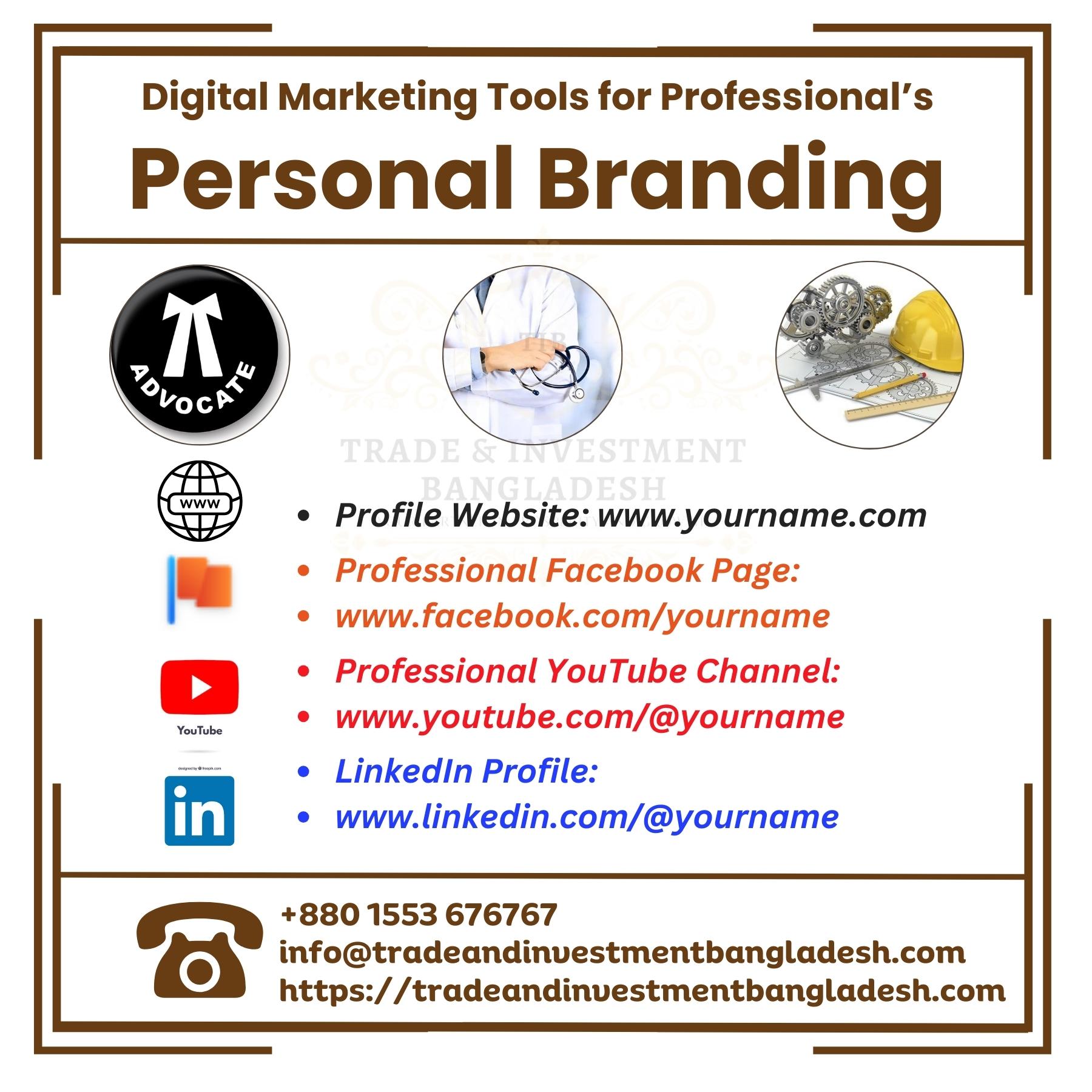
Personal Branding with Digital Tools
Personal Branding with Digital Tools
Md. Joynal Abdin, BBA (Hons.), MBA
Founder & CEO, Trade & Investment Bangladesh
Introduction:
In the digital age, personal branding has evolved from a mere concept to a critical component of professional success. Personal branding involves the intentional and strategic presentation of oneself to the world, cultivating a unique and memorable identity that sets an individual apart in the professional landscape. It goes beyond a resume or a job title; it encompasses the values, skills, and personality that define a person’s professional persona.
Digital marketing tools play a pivotal role in shaping and amplifying personal brands. In an era dominated by online interactions, these tools provide individuals with the means to curate and disseminate their personal brand effectively. A profile website can present you to your stakeholders like, recruiters, business partners, suppliers, buyers, effectively to create a brand image. Social media platforms like LinkedIn, Twitter, and Instagram act as virtual stages where individuals can showcase their expertise, share insights, and engage with a global audience. Through these channels, professionals can craft a narrative that aligns with their personal brand, creating a consistent and compelling online presence.
Content creation tools are another cornerstone of personal branding in the digital age. Whether through blog posts, videos, podcasts, or visually engaging images, individuals can leverage various mediums to communicate their expertise and unique perspective. This content not only establishes credibility but also fosters connections with a diverse audience.
Search engine optimization (SEO) is a crucial aspect of digital personal branding. As individuals strive to be discoverable online, optimizing their websites, social profiles, and content for search engines ensures that they are easily found by those seeking their expertise. A well-optimized online presence contributes to building authority and visibility in one’s industry.
Email marketing, often overlooked in personal branding discussions, is a direct and personalized way to communicate with an audience. Building and nurturing an email list allows individuals to share valuable insights, updates, and exclusive content with a targeted audience, reinforcing their personal brand and fostering a community around their expertise.
In essence, digital marketing tools empower individuals to take control of their narrative, reach a global audience, and authentically communicate their personal brand. In a world where first impressions are often digital, leveraging these tools becomes not just an option but a strategic necessity in cultivating a powerful and influential personal brand in the digital age.
2.0 Understanding Personal Branding:
Personal branding is the intentional and strategic process of shaping and managing how an individual is perceived by others. It involves the creation of a distinct and memorable identity that sets a person apart in their personal and professional endeavors. Beyond a simple resume or job title, personal branding encompasses a holistic representation of one’s values, skills, expertise, and unique qualities.
The significance of personal branding lies in its ability to influence how others perceive and interact with an individual. In a competitive and interconnected professional landscape, a strong personal brand acts as a differentiator, helping individuals stand out amidst a sea of talent. It serves as a guide for how others perceive an individual’s professional identity, creating a cohesive narrative that resonates with target audiences.
A robust personal brand is a powerful asset in achieving professional success. It establishes credibility and trust, as a well-defined personal brand communicates a clear message about an individual’s expertise and what they bring to the table. Employers, clients, and colleagues are more likely to engage with someone whose personal brand reflects authenticity, consistency, and a genuine passion for their work.
Moreover, a strong personal brand contributes to increased visibility and opportunities. In a digital age where first impressions often occur online, a well-crafted personal brand can attract attention and create a positive impact, opening doors to career advancements, collaborations, and partnerships. It positions individuals as authorities in their respective fields, making them go-to experts sought after for their insights and contributions.
Additionally, a carefully curated personal brand fosters stronger professional relationships. By showcasing personality, values, and interests alongside professional achievements, individuals can connect with others on a human level. This connection goes beyond job titles and resumes, leading to more meaningful collaborations and networking opportunities.
In essence, personal branding is not just about self-promotion; it’s about creating an authentic and compelling narrative that aligns with one’s professional goals. A strong personal brand is an invaluable tool for navigating the modern professional landscape, helping individuals not only survive but thrive in their careers by making a lasting and positive impression.
3.0 Digital Marketing Tools Overview:
In the dynamic realm of personal branding, leveraging the right digital marketing tools is essential for crafting a compelling online presence. These tools span various categories, each playing a unique role in establishing and amplifying an individual’s personal brand. Let’s explore some popular tools categorized by their functions:
3.1 Profile Website Builders: WordPress, Known for its flexibility and user-friendly interface, WordPress is a versatile platform for building a personal website. With a variety of themes and plugins, users can showcase their expertise, achievements, and portfolio with ease.

3.2 Social Media Management: Hootsuite, a comprehensive social media management platform that enables users to schedule posts, engage with followers, and track social media performance across multiple platforms from a single dashboard.
3.3 Content Creation: Canva, a user-friendly graphic design tool, Canva allows individuals to create visually appealing graphics, presentations, and social media posts without the need for extensive design skills.
3.4 Analytics and Insights: Google Analytics, a powerful tool for analyzing website traffic, user behavior, and other key metrics. It provides valuable insights into the effectiveness of a personal website and online content.
3.5 Email Marketing: Mailchimp, an email marketing platform that allows individuals to create and send personalized newsletters, updates, and promotional emails to their audience.
By strategically integrating these digital marketing tools into a personal branding strategy, individuals can effectively manage their online presence, engage with their audience, and gather valuable insights to continuously refine and strengthen their personal brand in the digital landscape.
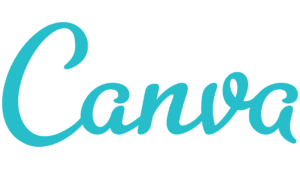
4.0 Profile Website for Personal Branding:
A profile website is a multifaceted tool that serves as the cornerstone of personal branding in the digital landscape. Its functions extend beyond a mere online presence, offering individuals a dynamic platform to shape their professional identity and engage with their audience. Here are key functions of a profile website for personal branding:
4.1 Comprehensive Brand Representation: A profile website provides a comprehensive and holistic representation of an individual’s personal brand. It consolidates various elements such as a bio, portfolio, achievements, skills, and testimonials into a single, easily accessible space. This comprehensive view ensures that visitors gain a nuanced understanding of the individual’s expertise and unique value proposition.
4.2 Controlled Narrative: Unlike social media platforms, where content may be subject to algorithms and limitations, a profile website gives individuals complete control over their narrative. They can strategically curate content to align with their personal brand, emphasizing key aspects of their professional journey and achievements.
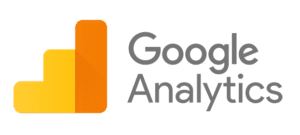
4.3 Showcase of Portfolio and Work:
For professionals in creative fields or those with tangible work products, a profile website serves as an ideal platform to showcase a portfolio. Whether it’s design projects, writing samples, or case studies, individuals can display their best work, providing tangible evidence of their skills and capabilities.
4.4 Contact and Networking Hub: The website acts as a centralized hub for contact information, making it easy for potential employers, clients, or collaborators to reach out. Including links to professional social media profiles further facilitates networking, creating a seamless experience for those interested in connecting.
4.5 Demonstration of Expertise: Through blog posts, articles, or insights shared on the website, individuals can position themselves as thought leaders in their respective fields. Regularly updating the website with valuable content demonstrates ongoing engagement with industry trends, reinforcing the individual’s expertise and authority.
4.6 Search Engine Visibility: Optimizing the website for search engines enhances online discoverability. When someone searches for the individual’s name or relevant keywords, a well-optimized profile website ensures that the person is easily found, contributing to a positive first impression.
4.7 Professional Credibility and Trust: A professionally designed and regularly updated website enhances credibility. It showcases a commitment to maintaining a polished and intentional online presence, building trust with visitors who may be considering professional collaborations or employment opportunities.
In essence, a profile website is a dynamic tool that empowers individuals to sculpt and communicate their personal brand effectively. By providing a centralized and controlled space for representation, it acts as a digital handshake, leaving a lasting and positive impression on those who seek to understand the person behind the brand.
5.0 Social Media Strategies:
5.1 LinkedIn: LinkedIn is a powerhouse for professional networking and personal branding. Optimize your profile with a professional photo, a compelling headline, and a detailed summary that reflects your expertise. Regularly share industry insights, engage in relevant discussions, and showcase your achievements. Endorsements and recommendations from colleagues further enhance credibility. Utilize LinkedIn Articles to publish thought leadership pieces, demonstrating your expertise to a broader audience.
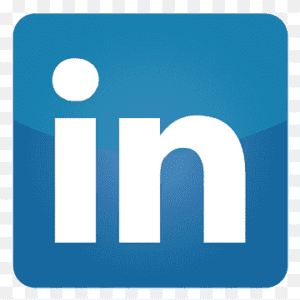
5.2 Twitter: Twitter is a fast-paced platform ideal for real-time engagement. Craft a concise and compelling bio, incorporating relevant keywords. Regularly tweet about industry trends, share insights, and actively participate in relevant conversations using hashtags. Retweet and engage with influencers to expand your reach. Twitter’s brevity allows for frequent updates, making it an excellent platform for building a dynamic and responsive personal brand.
5.3 Instagram: Instagram is a visual-centric platform, making it ideal for showcasing the personal side of your brand. Craft a visually appealing bio and curate a cohesive feed that reflects your personality and interests. Share behind-the-scenes glimpses, professional achievements, and use Instagram Stories for real-time updates. Leverage relevant hashtags to increase discoverability, and engage with your audience through comments and direct messages.
5.4 Facebook: While traditionally a social platform, Facebook has evolved into a space for professional connections. Create a professional Facebook page separate from your personal profile. Share a mix of professional achievements, industry news, and curated content. Utilize Facebook Groups to engage with niche communities relevant to your personal brand. Leverage the platform’s diverse content options, including text posts, images, and videos.
5.5 YouTube: For those comfortable with video content, YouTube provides a powerful platform for personal branding. Create and share videos that showcase your expertise, share insights, and provide value to your audience. Optimize video titles and descriptions for search, and engage with your audience through comments. Consistency is key – establish a regular posting schedule to build a dedicated subscriber base.
5.6 TikTok: TikTok’s popularity has soared, and it offers a unique opportunity for personal branding, especially for reaching younger audiences. Create short, engaging videos that showcase your personality, skills, and industry knowledge. Use trending sounds and challenges to increase visibility. While it may be unconventional for some professional fields, TikTok’s creative format can make a lasting impression.
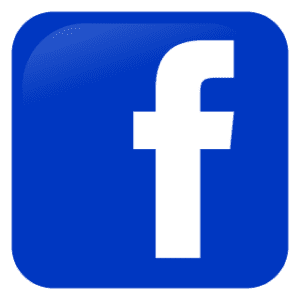
In summary, each social media platform plays a distinct role in personal branding. LinkedIn emphasizes professionalism and networking, Twitter excels in real-time engagement, Instagram focuses on visual storytelling, Facebook provides a versatile space for content, YouTube emphasizes video expertise, and TikTok offers a creative and dynamic approach. Crafting a cohesive strategy across these platforms ensures a well-rounded and impactful personal brand in the digital landscape.
6.0 Content Creation Techniques:
6.1 Visual Content: Visual content is a powerful tool for personal branding. Create eye-catching graphics using tools like Canva or Adobe Spark to share quotes, tips, and key insights related to your expertise. Infographics and visually appealing images enhance engagement and are easily shareable on platforms like Instagram and Pinterest. Consistent visual branding, including color schemes and fonts, contributes to a cohesive online presence.
6.2 Blogging: Blogging remains a cornerstone for establishing thought leadership and showcasing expertise. Regularly publish well-researched and insightful articles on topics relevant to your industry. Develop a unique voice and perspective to distinguish yourself. Optimize blog posts for SEO to increase visibility. Share your blog content across social media platforms to expand your reach and engage with your audience through comments and discussions.
6.3 Podcasting: Podcasting is a compelling medium for personal branding, allowing you to share your expertise through spoken content. Develop a podcast series where you discuss industry trends, interview thought leaders, or share personal insights. Consistency in posting and clear audio quality are crucial. Promote your podcast on social media and podcast directories to reach a wider audience. The intimate nature of podcasting fosters a deeper connection with your listeners.
6.4 Video Creation: Video content is highly engaging and helps humanize your personal brand. Create short explainer videos, tutorials, or vlogs to share your knowledge and experiences. Platforms like YouTube, LinkedIn, and Instagram provide excellent spaces for video content. Invest in good lighting and sound quality for a professional touch. Regular video updates can significantly enhance your online visibility and contribute to a dynamic personal brand.
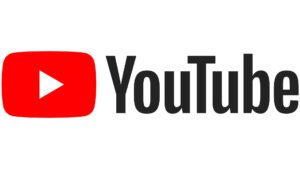
6.5 Cross-Promotion: Maximize the impact of your content creation by cross-promoting across different mediums. For example, turn a blog post into a podcast episode or create visual snippets for social media. Repurpose content to suit the unique characteristics of each platform. This approach not only saves time but also ensures that your message resonates with diverse audiences across various channels.
6.6 Authenticity and Consistency: Regardless of the content format, authenticity is key to personal branding. Share personal anecdotes, lessons learned, and genuine reflections to connect with your audience on a human level. Consistency in content creation, whether it’s a weekly blog post, a monthly podcast episode, or regular social media updates, establishes expectations and keeps your audience engaged.
In conclusion, effective content creation for personal branding involves a diverse mix of visual elements, written insights, spoken word, and dynamic videos. Tailor your content to align with your personal brand, experiment with different formats, and prioritize authenticity and consistency to build a compelling and impactful online presence.
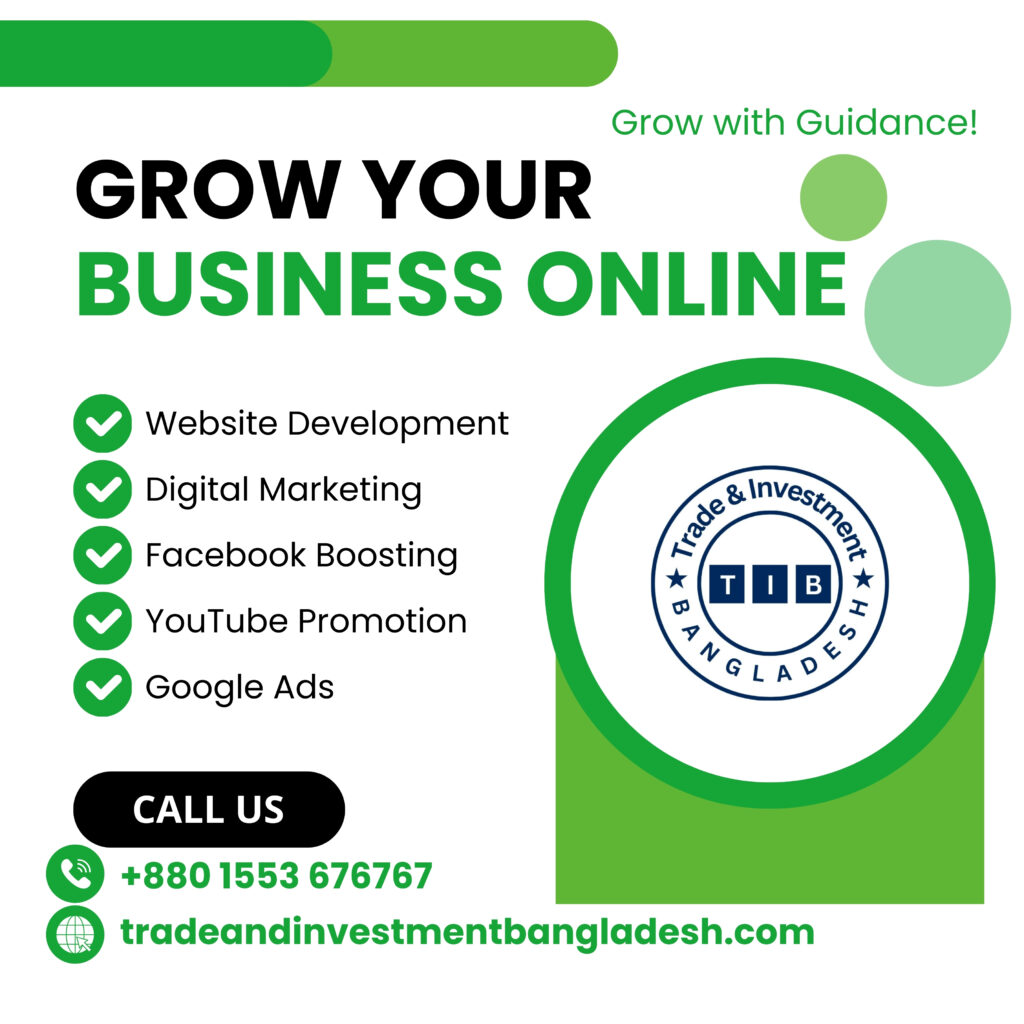
7.0 SEO and Personal Branding:
7.1 Importance of SEO for Personal Branding:
In the digital age, where online visibility is paramount, search engine optimization (SEO) plays a crucial role in enhancing personal branding. SEO ensures that your personal website and content are discoverable by individuals searching for relevant topics, thus expanding your reach and influence within your industry. Here’s why SEO is essential for personal branding:
7.1.1 Increased Visibility: SEO improves your website’s ranking on search engine results pages (SERPs). Higher rankings mean greater visibility, making it more likely that people searching for terms related to your expertise will find your website. This increased visibility establishes you as a credible authority in your field.
7.1.2 Credibility and Trust: Websites appearing at the top of search results are often perceived as more credible and trustworthy. By optimizing your personal website for search engines, you enhance your online reputation, gaining the trust of potential employers, clients, or collaborators who may be researching your background.
7.1.3 Showcase Expertise: SEO allows you to highlight specific keywords and phrases relevant to your expertise. When your content consistently ranks well for these terms, it positions you as an expert in your field. Prospective employers and collaborators are more likely to recognize and value your skills and knowledge.
7.1. 4. Control Over Online Narrative: Implementing SEO best practices gives you control over the information that appears prominently in search results. This control is essential for personal branding, allowing you to shape the narrative surrounding your professional identity and ensuring that the most relevant and positive content is readily available to those searching for you.
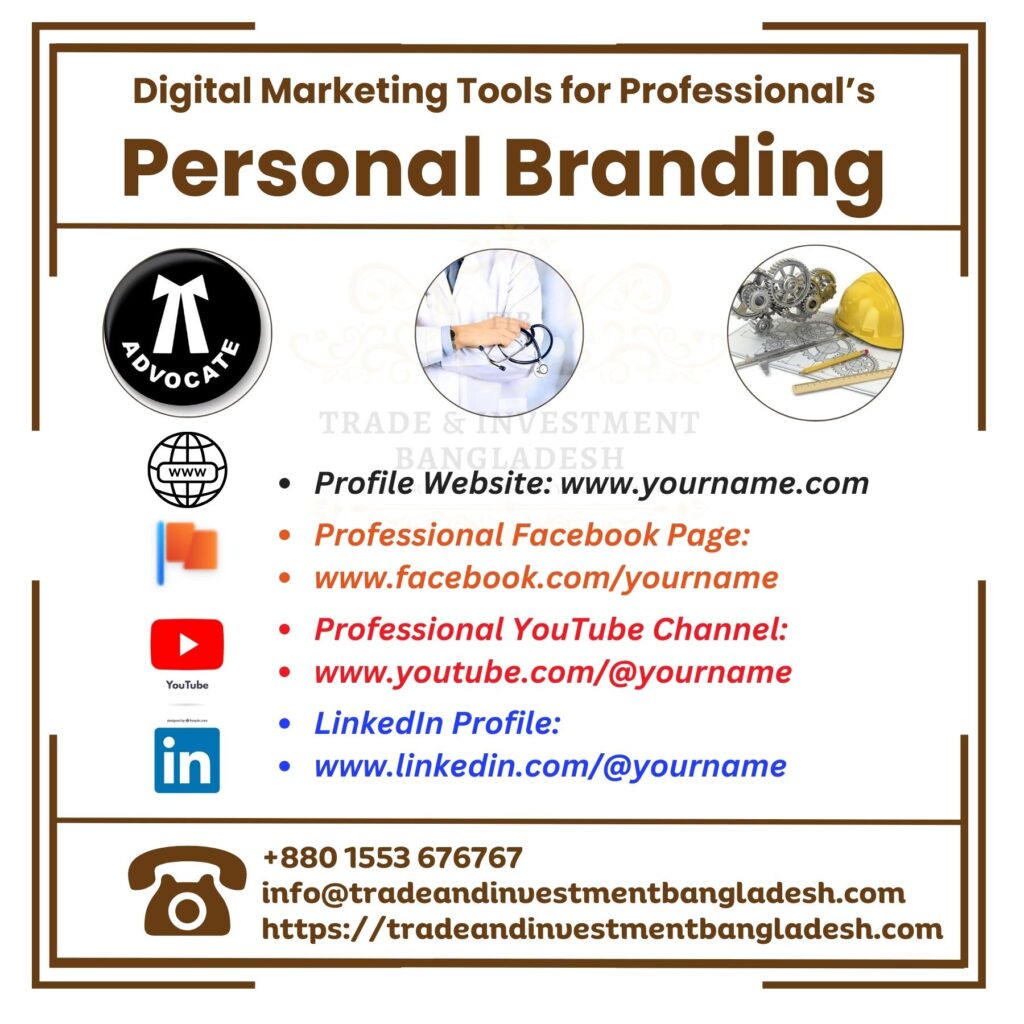
7.2 Tips for Optimizing Personal Websites and Content:
7.2.1 Keyword Research: Identify and prioritize relevant keywords related to your personal brand. Use tools like Google Keyword Planner to discover terms with high search volumes and incorporate them naturally into your website content.
7.2.2 Optimize On-Page Elements: Ensure that your website’s title tags, meta descriptions, and headers incorporate your target keywords. This provides search engines with clear signals about the content and relevance of your pages.
7.2.3 Quality Content Creation: Produce high-quality, valuable content that resonates with your target audience. Content that addresses their needs and concerns is more likely to be shared and linked, contributing to improved search rankings.
7.2.4 Build Quality Backlinks: Foster relationships within your industry to generate organic backlinks to your website. Quality backlinks from reputable sources enhance your website’s authority in the eyes of search engines.
7.2.5 Mobile Optimization: With the prevalence of mobile browsing, ensure your website is optimized for mobile devices. Search engines prioritize mobile-friendly websites, enhancing your chances of ranking higher in mobile search results.
In conclusion, SEO is a powerful tool for personal branding, offering increased visibility, credibility, and control over your online narrative. By implementing these tips, you can optimize your personal website and content to enhance your online presence and establish a strong and influential personal brand.
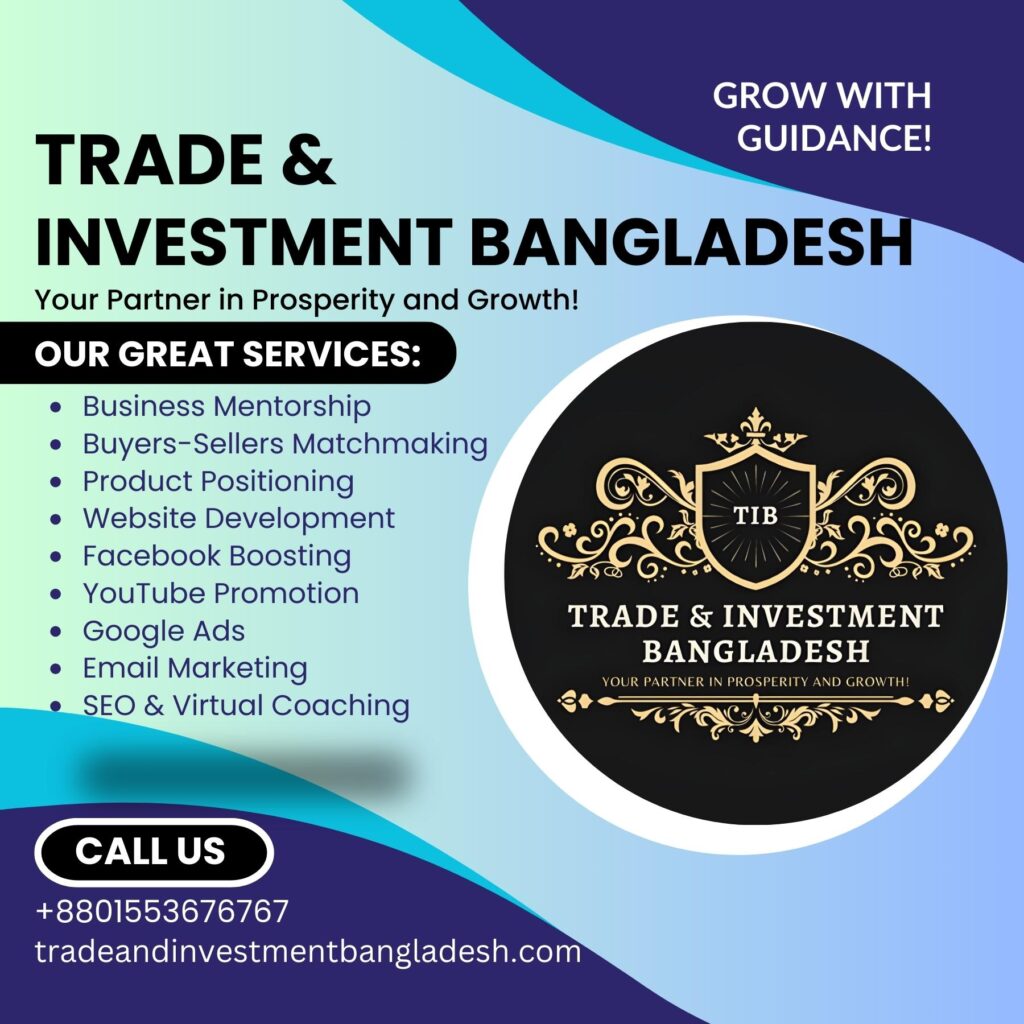
8.0 Email Marketing for Personal Branding:
8.1 Power of Email Marketing for Personal Brand Communication:
Email marketing is a potent tool for personal brand communication, allowing individuals to establish direct and personalized connections with their audience. It provides a platform for sharing valuable insights, updates, and exclusive content, fostering a sense of community and strengthening the relationship between the personal brand and its audience.
8.1.1 Direct Communication: Email marketing offers a direct line of communication to your audience. Unlike social media platforms where content visibility is subject to algorithms, emails are delivered directly to subscribers’ inboxes, ensuring your message reaches them without interference.
8.1.2 Personalization: Personalized email campaigns allow you to tailor your content to specific segments of your audience based on their interests, preferences, or engagement history. This level of personalization enhances the relevance of your communication, making it more impactful and engaging.
8.1.3 Building Trust and Credibility: Consistent and valuable email communication helps build trust and credibility over time. By providing valuable content, sharing successes, and addressing the needs of your audience, you establish yourself as a reliable and authoritative figure in your field.
8.2 Tips for Building and Maintaining an Email List:
8.2.1 Create Compelling Opt-In Offers: Encourage visitors to subscribe to your email list by providing compelling opt-in offers such as exclusive content, downloadable resources, or access to webinars. Clearly communicate the value they’ll receive by subscribing.
8.2.2 Utilize Landing Pages: Design dedicated landing pages that highlight the benefits of subscribing to your email list. These pages should be visually appealing and include a straightforward and enticing call-to-action.
8.2.3 Implement Double Opt-In: Use a double opt-in process to ensure the quality of your email list. After users subscribe, send a confirmation email asking them to confirm their subscription. This helps filter out invalid email addresses and ensures that subscribers are genuinely interested.
8.2.4 Segment Your Email List: Segment your email list based on relevant criteria such as interests, location, or engagement level. This enables you to tailor your content to specific audience segments, increasing the likelihood of engagement.
8.2.5 Provide Consistent Value: Regularly deliver valuable content to your subscribers. This could include industry insights, expert tips, or exclusive updates. Consistency in providing value keeps your audience engaged and reduces the likelihood of unsubscribes.
8.2.6 Encourage Engagement: Encourage subscribers to engage with your emails by including calls-to-action, responding to feedback, and inviting them to share their thoughts. Engaged subscribers are more likely to remain on your list and become ambassadors for your personal brand.
By leveraging email marketing effectively, individuals can nurture and strengthen their personal brand, building lasting connections with their audience. Building and maintaining an email list requires a strategic approach that prioritizes value, personalization, and engagement to ensure a meaningful and mutually beneficial relationship with subscribers.
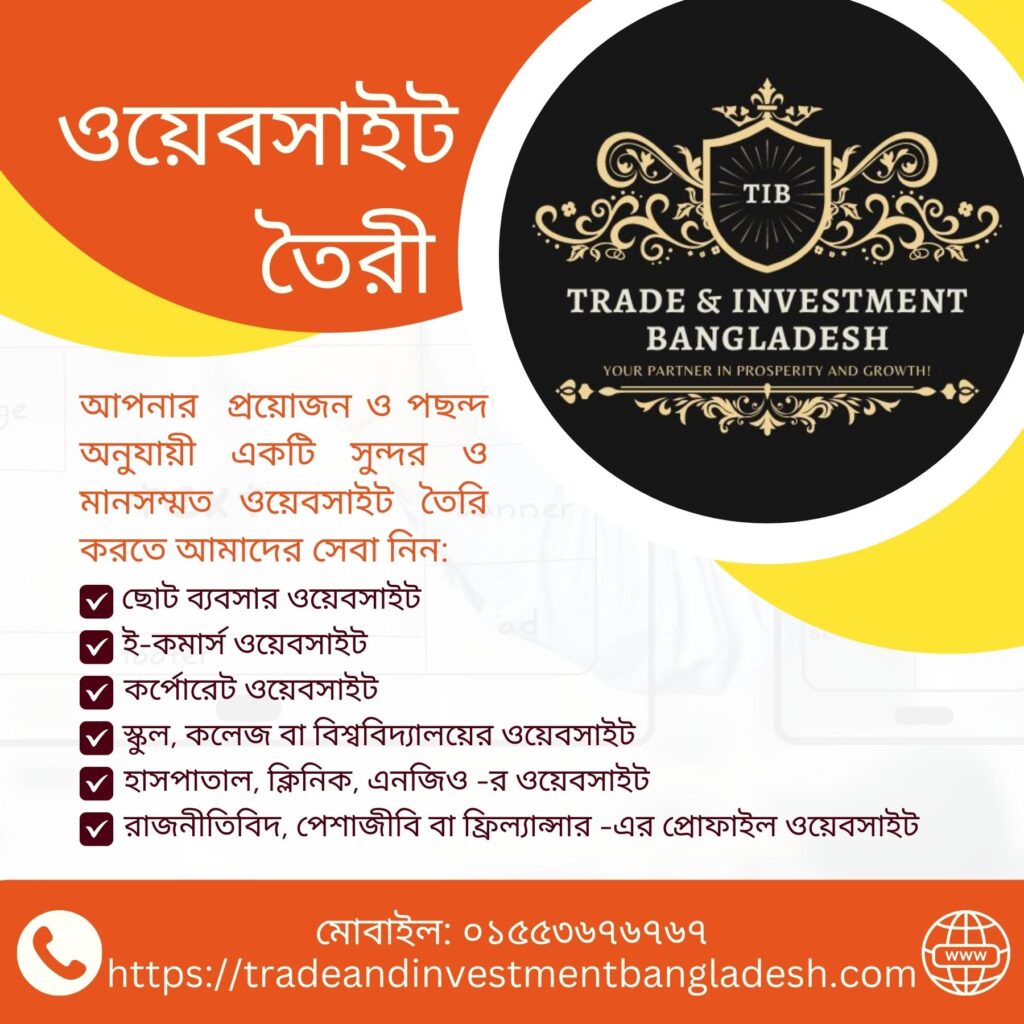
Closing Remarks:
In the realm of personal branding, the fusion of digital marketing tools and techniques is akin to crafting a dynamic symphony that resonates across the vast landscape of the online world. As we navigate this digital age, it becomes increasingly apparent that strategic utilization of these tools is not just an option but a necessity for those seeking to carve a distinct identity in the professional sphere.
From the precision of SEO shaping online visibility to the expressive canvas of social media platforms, each tool plays a pivotal role in the narrative of personal brand construction. The brushstrokes of visual content, the resonance of podcasting, the written cadence of blogs—all contribute to a harmonious blend that captures attention and builds credibility.
A personal website acts as a virtual sanctuary, while email marketing serves as the intimate messenger connecting directly with an audience. The orchestration of these tools is an art, with each note contributing to the symphony of a compelling personal brand.
As we bid adieu to the exploration of digital marketing tools and techniques for personal branding, let us carry forward the understanding that in this interconnected digital tapestry, our personal brand is not merely a static entity but a dynamic force continually shaped and refined by the strategic implementation of these tools. May your digital journey be one of resonance, authenticity, and continuous evolution, as you navigate the ever-expanding landscape of personal branding in the digital age.
Personal Branding with Digital Tools: Personal Branding with Digital Tools: Personal Branding with Digital Tools

Mr. Md. Joynal Abdin is a Business Consultant & Digital Marketer based in Dhaka, Bangladesh. He is Founder & CEO of Trade & Investment Bangladesh, one of the leading Business Consultancy Firm in Bangladesh. He is also Co-Founder & CEO of Bangladesh Trade Center. Previously he served at Dhaka Chamber of Commerce & Industry (DCCI) as Executive Secretary; DCCI Business Institute (DBI) as Executive Director; SME Foundation as Deputy Manager; and the Federation of Bangladesh Chambers of Commerce & Industry (FBCCI) as Assistant Secretary.
The list of services Mr. Abdin is offering includes but not limited to Business Mentorship, Business Research and Documentations like Feasibility Study, Project Proposal Preparation, Writing Business Manual, Standard Operating Procedures etc.; Export Market Selection and Product Positioning at Home and Abroad; Buyers-Sellers Matchmaking; Website Development; Search Engine Optimization (SEO); and Social Media Marketing etc.
Personal Branding with Digital Tools: Personal Branding with Digital Tools: Personal Branding with Digital Tools